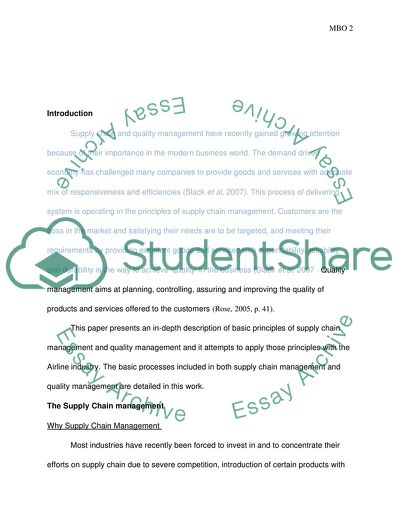Cite this document
(“Management Business Operation Essay Example | Topics and Well Written Essays - 2500 words”, n.d.)
Retrieved from https://studentshare.org/miscellaneous/1562953-management-business-operation
Retrieved from https://studentshare.org/miscellaneous/1562953-management-business-operation
(Management Business Operation Essay Example | Topics and Well Written Essays - 2500 Words)
https://studentshare.org/miscellaneous/1562953-management-business-operation.
https://studentshare.org/miscellaneous/1562953-management-business-operation.
“Management Business Operation Essay Example | Topics and Well Written Essays - 2500 Words”, n.d. https://studentshare.org/miscellaneous/1562953-management-business-operation.


